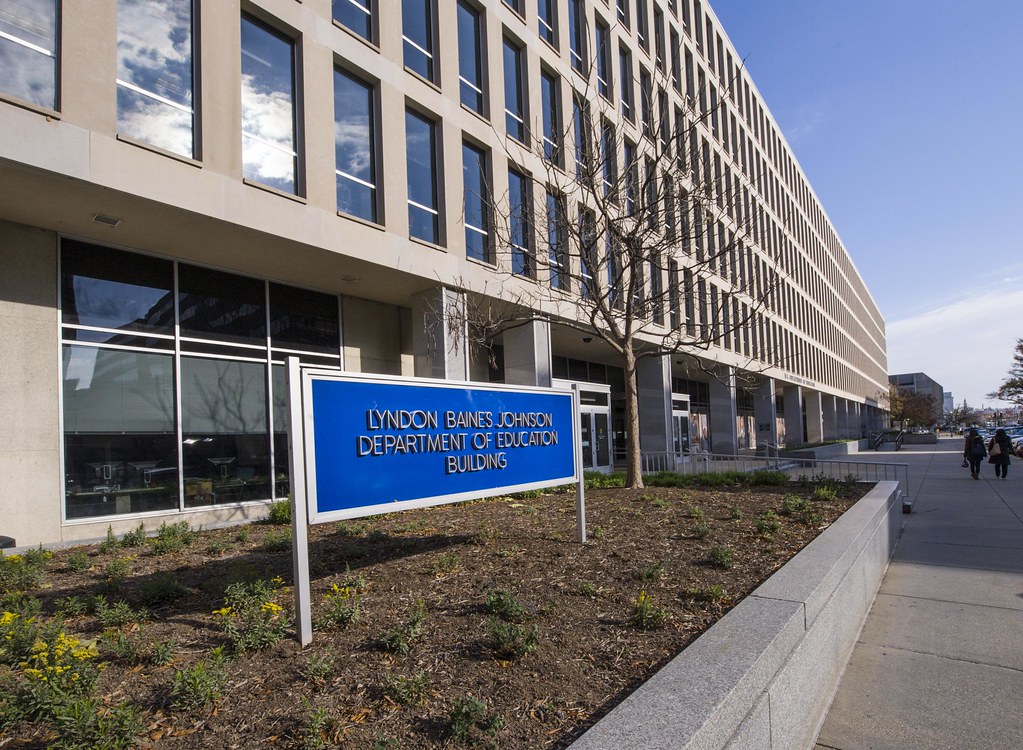
For years, increasing attention has been fixated on sexual misconduct in U.S. colleges and universities. Significantly less attention, however, has been paid to sexual misconduct in K-12 public schools. This does not mean that sexual misconduct does not occur at those levels. CDC data shows that 20 percent of high school women and 10 percent of high school men reported experiencing dating violence, while separate research conducted by the Justice Department showed that nearly 20 percent of all girls between the ages of 14-17 have been victims of sexual assault or attempted sexual assault.
This lesser focus is partly due to numerous complicating factors at work with sexual misconduct in primary and secondary education. College Title IX procedures and policies are subjects of intense controversy, however, this is a step up from the inattention paid to primary and secondary education.
“And where universities have procedures and adjudication processes…elementary and secondary schools have been found to have no rules at all for dealing with sexual misconduct,” the New York Times reported.
This lack of a standardized set of rules for how to handle sexual misconduct stems from numerous sources.
First, primary and secondary education is decentralized, meaning specific policies are not unified from state to state, county to county or even school district to school district. Owing to this diffusion of authority, policies for sexual misconduct allegations are incredibly varied and lack anything resembling a consensus.
State laws provide only the contours of a framework because most do have mandatory reporting laws, meaning school staff are required to alert law enforcement of sexual assault claims that students tell them. Beyond this step, what schools do next, or even if schools do anything else, can differ markedly.
Administrators and educators at primary and secondary schools are also often uncertain of their responsibilities under federal law, further stymying the development of a standard response policy. Title IX protections against sex discrimination do apply to schools that receive federal funding. However, research has demonstrated that 80 percent of school counselors feel unprepared to address incidents of abuse.
Under Title IX, primary and secondary schools also have a responsibility to implement procedures that should ensure the alleged victim is not in close proximity to their alleged attacker, is not subjected to harassment and can still feasibly attend school while an investigation is being conducted. Schools can be investigated for inadequate protection by the Department of Education.
For instance, following a review by the Department of Education, Chicago’s public schools were ordered to create more stringent sexual misconduct policies. The investigation found that in addition to numerous Title IX violations, the school district also failed to support students who had been victims of sexual misconduct.
The divide on this issue is substantially owed to the balancing between due process rights, presumption of innocence and the right to an education on the one hand, and protection of the alleged victim, their right to an education and providing a safe environment for all students on the other.
Advocates for the first position stress the need for due process and the presumption of innocence to argue that steps like expelling or suspending students accused of sexual assault prior to court action is infringing upon their rights. They point to the impact that decisions by school administrators could have if the student is later proven to be wrongly accused.
On the opposite side of the divide, advocates argue that by forcing an alleged victim to be in close proximity with their alleged assailant on a daily basis, schools are creating unsafe environments for that student, infringing upon their rights and forcing them to relive their trauma on a daily basis.
Some advocates for removing alleged assailants prior to court action go even further, asserting that by not removing those accused of sexual assault from the school, administrators are putting other students attending the school at risk, as well as forcing an alleged victim to attend classes with their alleged rapist. This claim is at the heart of a new lawsuit filed in Hoyt, Kansas.
Some have staked out a compromise between these two positions, arguing that school administrators should tinker with schedules to ensure alleged victims and alleged accusers are kept separate on a daily basis but each is still able to attend the same school as the current obligations under Title IX mandate. However, this policy opens up questions of its own, especially when in the context of smaller schools with more limited resources. There, given class sizes, number of teachers and class choice limitations could make this policy nonviable.
Against this backdrop, new regulations by the Department of Education ostensibly to strengthen accused students’ rights, has stirred more controversy.
In any case, debates about the proper implementation of Title IX provisions and whether schools should expand their policies beyond the federal law will continue to rage on.
